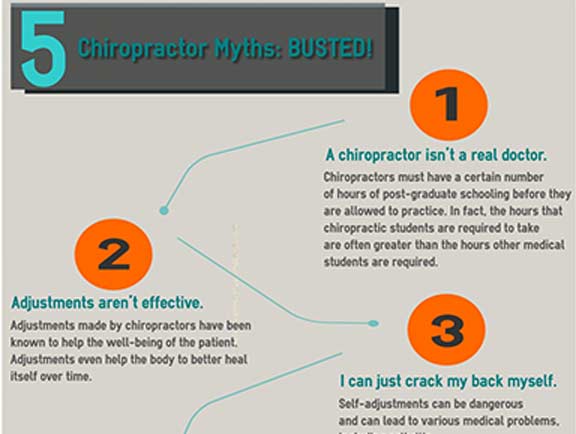The Connection In Between Stance And Pain In The Back: Methods For Maintaining Proper Alignment During The Day
The Connection In Between Stance And Pain In The Back: Methods For Maintaining Proper Alignment During The Day
Blog Article
Web Content By-Fletcher Bennett
Maintaining correct posture isn't just about sitting up directly; it has to do with aligning your body in a way that sustains your spinal column and decreases the risk of neck and back pain. The means you sit, stand, and move throughout the day can considerably impact your spine health and wellness. But just how specifically can you make sure good alignment consistently, also throughout busy days filled with various tasks? Let's dig deeper right into the subtle yet impactful modifications you can make to your day-to-day regimen to maintain your back satisfied and healthy and balanced.
Importance of Appropriate Stance
Correct position is essential in preserving a healthy back and stopping discomfort. When you sit or stand with excellent stance, your back is in placement, minimizing pressure on your muscles, tendons, and joints. This alignment allows the body to disperse weight evenly, preventing too much stress on certain locations that can bring about discomfort and discomfort. By keeping your spine correctly lined up, you can additionally enhance your breathing and digestion, as slouching can press body organs and limit their functionality.
Additionally, maintaining great stance can enhance your overall appearance and positive self-image. When you stand tall with your shoulders back and head held high, you exhibit self-confidence and show up even more approachable. Good pose can additionally make you really feel much more invigorated and sharp, as it promotes appropriate blood flow and allows your muscular tissues to work effectively.
Incorporating correct stance into your day-to-day regimen, whether resting at a workdesk, strolling, or exercising, is essential for stopping back pain and promoting general well-being. Bear in mind, a small change in how you hold yourself can make a considerable distinction in just how you really feel and function throughout the day.
Common Postural Mistakes
When it comes to maintaining great pose, several individuals unknowingly make usual mistakes that can add to neck and back pain and pain. One of the most common errors is slumping over or hunching over while resting or standing. This position places too much strain on the spine and can bring about muscle discrepancies and discomfort over time.
One more common mistake is overarching the lower back, which can flatten the all-natural contour of the spine and cause discomfort. In addition, crossing legs while sitting might feel comfortable, yet it can develop an imbalance in the hips and hips, causing postural problems.
Utilizing a pillow that's also soft or as well firm while sleeping can also impact your alignment and add to back pain. Finally, continuously craning why not try this out to check out displays or readjusting your setting often can strain the neck and shoulders. Bearing in mind these common postural blunders can help you maintain far better positioning and minimize the threat of neck and back pain.
Tips for Correcting Placement
To enhance your placement and decrease pain in the back, it's vital to focus on making small changes throughout your daily routine. Beginning by being mindful of your pose. When resting, ensure your feet are level on the flooring, your back is straight, and your shoulders are unwinded. Prevent slouching or leaning to one side. Use ergonomic chairs or pillows to support your lower back.
When standing, distribute your weight evenly on both feet, maintain your knees somewhat curved, and embed your pelvis. Engage your core muscular tissues to support your spine. Take breaks to stretch and walk if you have an inactive work. Include https://chiropractoropenlatenearm39406.kylieblog.com/32617814/discover-the-secrets-behind-neck-pain-and-just-how-recognizing-cervical-back-composition-can-aid-you-locate-relief that strengthen your core and back muscle mass, such as slabs or bridges.
While sleeping, make use of a cushion that sustains the natural contour of your neck to keep appropriate back placement. Stay clear of sleeping on your stomach, as it can stress your neck and back. By being mindful of these ideas and making small adjustments, you can gradually remedy your placement and ease pain in the back.
Final thought
Bear in mind, keeping great pose is vital to preventing back pain and advertising spinal wellness. By being mindful of your positioning, distributing weight uniformly, and involving your core muscles, you can lower pressure on your back and reduce the danger of discomfort and injury. Integrate ergonomic assistance, take regular breaks to extend, and enhance your core and back muscle mass to preserve correct placement throughout the day. Your back will certainly thank you for it!
